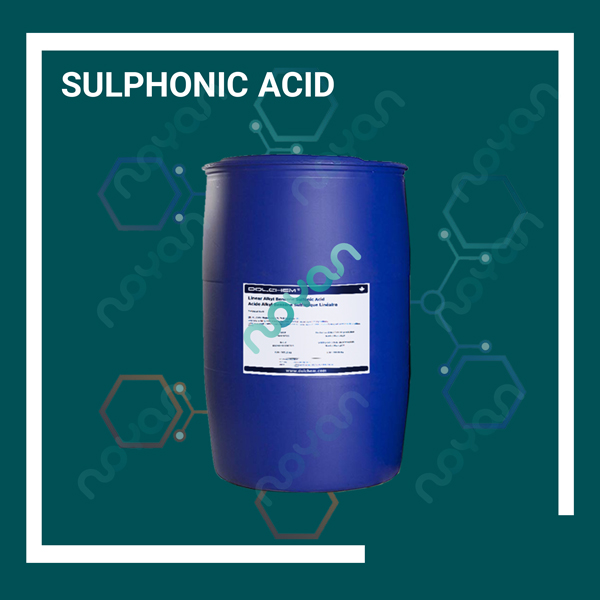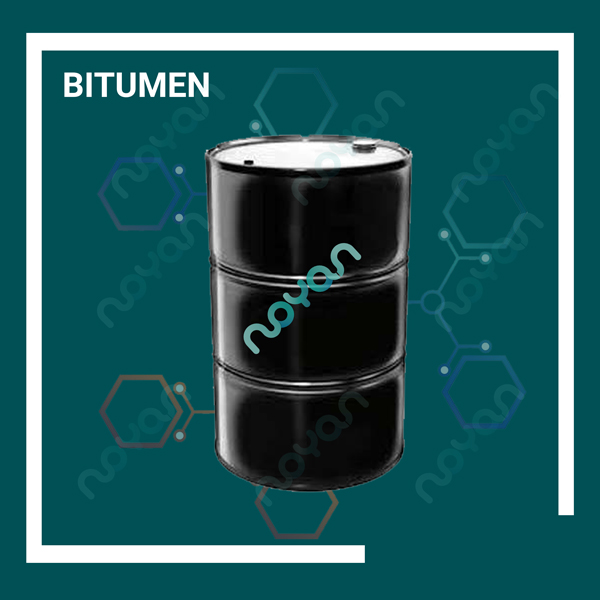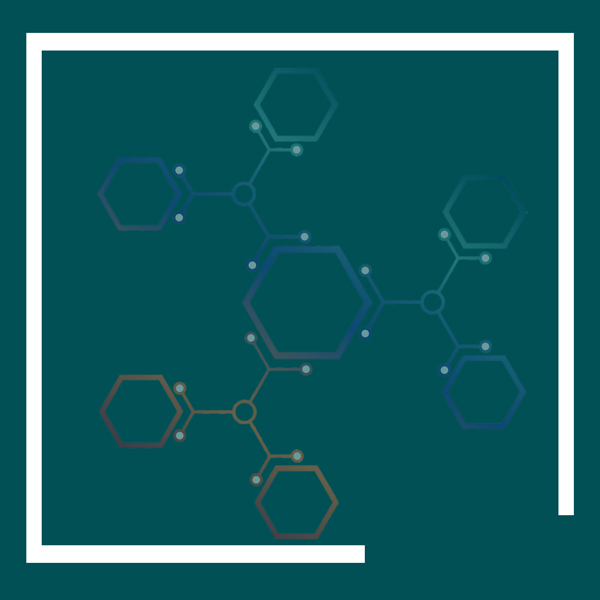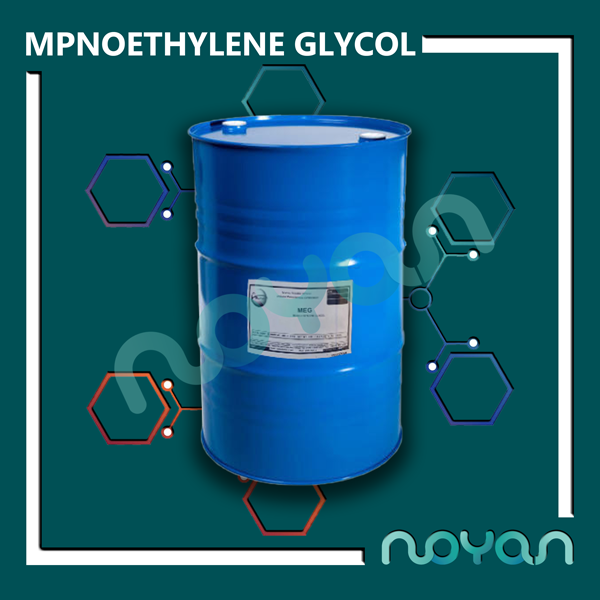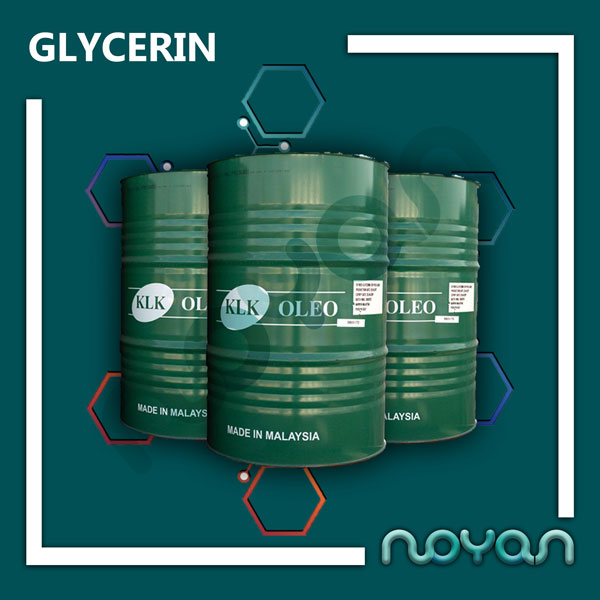Sulphonic acid with the appearance of brown liquid has two industrial and laboratory grades. This substance is also known in industry and market as sulfanilic acid, p-amino benzene sulfonic acid, p-aminophenyl sulfonic acid, 4-amino benzene sulfonic acid, aniline p-sulfonic acid, aniline 4-sulfonic acid, LABS.
Aromatic sulfonic acids are generally obtained by the interaction of aromatic (aromatic) compounds with concentrated sulfuric acid and the addition of sulfur trioxide (oleum), a process known as “sulfonation”. Because sulfonic acids are often used in the form of sodium salts, sulfonation is usually accompanied by the neutralization of sodium hydroxide or sodium carbonate. Such operations on an industrial scale are used in the following cases:
In the preparation of TPPTS sodium salts used in catalysts.
In the preparation of alkylated benzene sulfonic acids, which is used as a synthetic detergent.
In the preparation of anthraquinone sulfonic acid, which is used in the production of alizarin and other dyes.
Aliphatic sulfonic acid preparation methods include oxidation of other sulfur compounds, reaction of alkyl halides and metal sulfites, and reaction of organic metal compounds with amine sulfur trioxide compounds (eg Me3NSO3).
Detergents and surfactants are molecules that combine highly non-polar and highly polar groups. Traditionally, surfactant soap is a popular derivative of fatty acids. From the middle of the twentieth century, in advanced societies, the use of sulfonic acid surpassed that of soap. For example, about 2 billion kilograms of alkyl benzene sulphate are produced annually for various industrial purposes. Today, sulfonic acid is used as a surfactant in the detergent industry in the production of many powder and liquid detergents, which is one of the cheapest surfactants used in the detergent industry. Lignin sulfonates, produced by lignin sulfonation, are drilling fluid components and additives in certain types of concrete.
Many enteroquinone dyes are produced by the sulfonation process. Sulfonic acid tends to bind to proteins and carbohydrates, so most washable dyes are based on sulfonic acid or have the active sulfonyl group in their composition. Sulfonic acid is used to make food coloring.
Sulfonic acid is also used as a catalyst. The simplest examples are methanesulfonic acid, CH3SO2OH, and toluene sulfonic acid, which are regularly used in organic chemistry as lipophilic acids (soluble in organic solvents). Polymeric sulfonic acids are also useful. Dowex resin is a derivative of polystyrene sulfonic acid and is used as a catalyst for ion exchange (water softening). Nafion, a polymeric fluoride sulfonic acid, is a component of the proton exchange membrane in fuel cells.
Sulfonic acid is used in the pharmaceutical industry to produce sulfa drugs, which are a class of antibacterials.
Methane sulfonic acid is used as an electrolyte in zinc and cerium current batteries as well as acid batteries.
